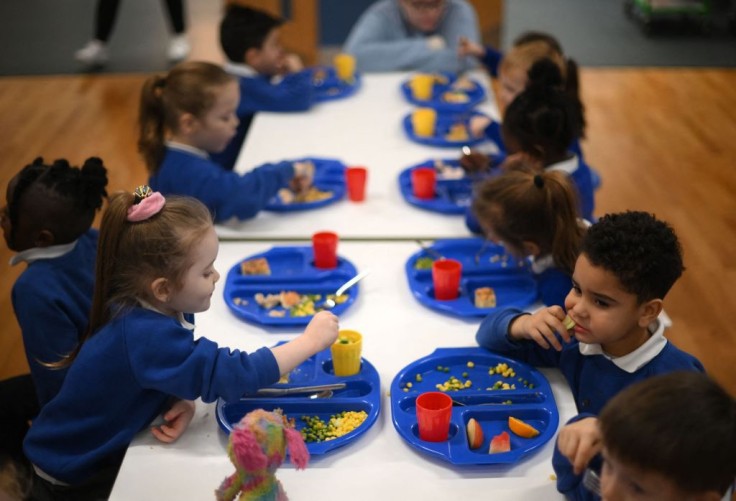
In 2022, participation in summer lunch programs witnessed a significant decline, causing concern as approximately 2.4 million children across the nation missed out on the opportunity to receive free meals during the summer break.
The alarming drop in Summer Lunch participation has raised questions about the underlying reasons behind this decline and prompted policymakers and advocates to address the issue with urgency.
According to Delicious Food, a report by FRAC (Food Research & Action Center), the federally sponsored summer nutrition programs served lunch to approximately 3 million children daily in July 2022, indicating a significant drop of nearly 2.4 million children, or 44.5%, compared to July 2021.
The decline in breakfast participation was even more substantial, with approximately 2.9 million fewer children receiving free breakfast on an average day in July 2022, representing a decline of 61.6%.
The Decline of Summer Lunch Programs
Several factors have contributed to the plunge in Summer Lunch participation in 2022. Firstly, logistical challenges arose due to the ongoing COVID-19 pandemic, which disrupted normal operations.
According to NBC News, many schools and community centers that usually host the lunch programs were unable to do so, leading to reduced accessibility for families in need.
Secondly, economic pressures faced by families during the pandemic may have played a role in the decline.
As the economy struggled to recover, some parents faced unemployment or reduced work hours, causing financial strain that impacted their ability to access free meals for their children.
Lastly, awareness and outreach efforts related to the Summer Lunch programs might not have been as effective in reaching eligible families.
Limited promotion and information dissemination could have contributed to families not being aware of the availability of free summer lunches in their communities.
According to Education Week, summer Lunch programs have long been a crucial source of support for children from low-income families during school vacations.
These programs ensure that children receive nutritious meals even when school is not in session, preventing potential hunger and malnutrition.
The free summer lunches not only aid in children's overall health and well-being but also contribute to better academic performance once they return to school after the summer break.
Advocacy and Solutions
The decline in Summer Lunch participation has ignited a wave of advocacy and calls for action to address the issue promptly.
Non-profit organizations, educational institutions, and concerned citizens have united to develop solutions and expand the reach of the free meal programs.
One of the proposed solutions is increased collaboration between schools, community centers, and local governments to ensure the availability of summer lunch services at multiple accessible locations.
By widening the network of distribution, more children from disadvantaged backgrounds can benefit from the free meals during the summer break.
Furthermore, efforts to enhance outreach and communication about the Summer Lunch programs have gained traction.
Various community-led initiatives and social media campaigns aim to spread awareness among families in need, ensuring they are informed about the opportunities available to them.
Additionally, policymakers have been urged to allocate more resources to support summer nutrition programs.
Increased funding would allow for better infrastructure, transportation options, and the ability to accommodate higher numbers of children, ultimately alleviating the issue of reduced participation.
Related Article: Discovering STEM Toys: 10 Educational Toys for Future Innovators